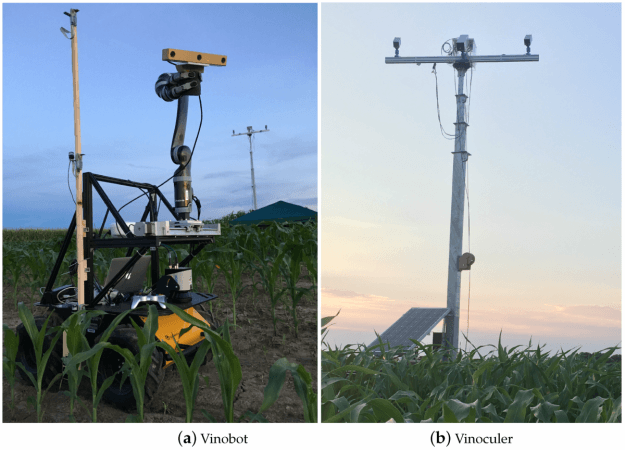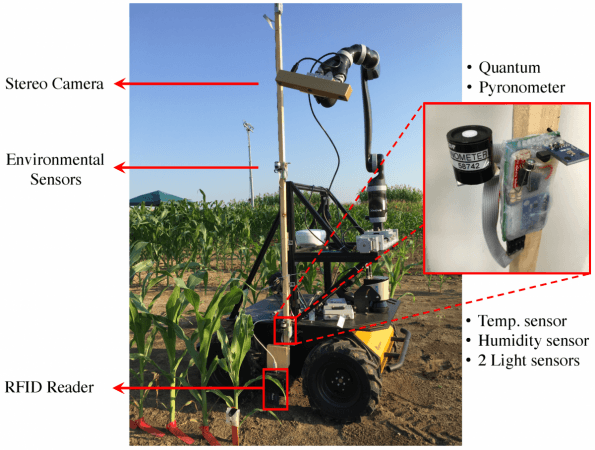
The world's population is increasing at a pace, while resources are depleting with every passing day. Food supply is going to be a big challenge in the future owing to man-made climate change, degradation of arable land, and ecological changes.
This gives rise to a need to understand how plants respond to environmental and genetic perturbations to improve crops and agriculture.
Now, researchers from Division of Plant Sciences, University of Missouri, Columbia, have come up with robotic technology that can help solve the shortfall in agricultural produce.
According to the study, a new robotic architecture for high-throughput phenotyping (HTPP) can help provide the physiological, developmental, and molecular mechanisms that govern the dynamic behaviour of plants, which will make crops survive environmental changes.
The finding, which is a result of data analysis and 3D image processing, will help find how different crops and each plant react to climate change.
Also read: War on Cancer: New Liquid Biopsy will only need blood sample to detect cancer
The new robotic architecture consists of an autonomous ground vehicle called Vinobot that collects data like humidity, light intensity, temperature, etc, from individual plants by observing every single plant 24 hours a day.
It is equipped with a range of sensors designed to fulfill both the phenotyping tasks and its autonomous navigation needs.

The technology also uses a solar-powered mobile observation tower called Vinoculer that oversees the whole field and dispatches the Vinobot for further investigation if any plant is found stressed.
The portable observation tower mounted in the center of a field is capable of capturing data from a large area over 360 degrees, with the help of stereo RGB and IR cameras.
The Vinobot and Vinoculer collect data of plants both at the macro and micro level. The study said this robotic architecture will allow "the system to inspect large areas of a field at any time, during the day and night, while identifying specific regions affected by biotic and abiotic stresses," provide high-throughput plant phenotyping in the field and avoid cumbersome aerial survey.
(Source: MDPI)

















